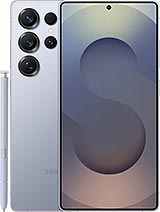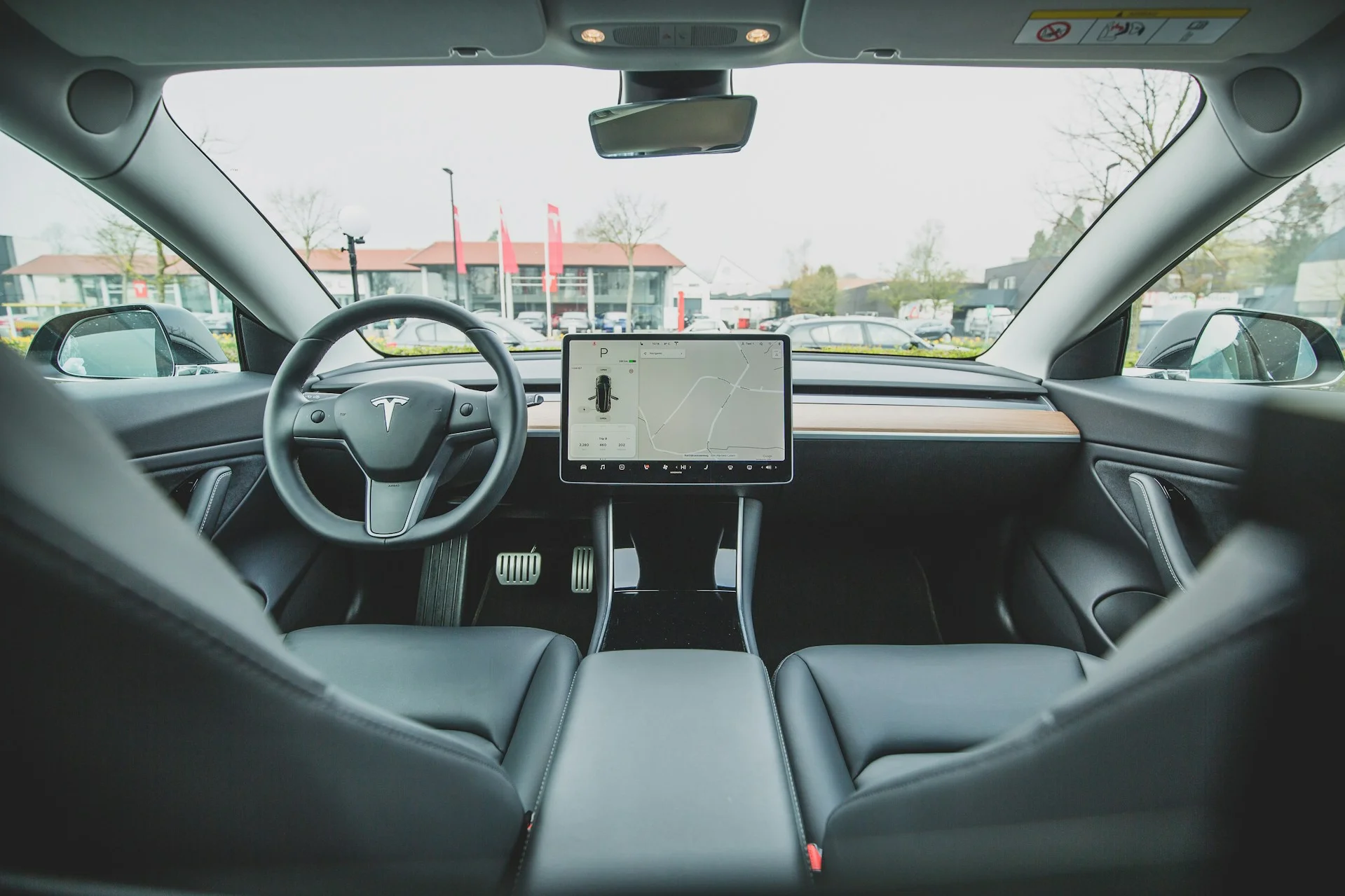With Black Friday nearly upon us, the season of deals is kicking off early and the smartphone market is heating up. The newly launched OnePlus 15 has started its global pre-orders, prompting rivals like vivo and Xiaomi to adjust their prices in response. From flagship powerhouses to budget-friendly options, here’s a detailed look at how these latest releases and discounts stack up in the European market.
The OnePlus 15 officially launches on November 20, offering competitive pricing compared to last year’s OnePlus 13. The base model with 12GB RAM and 256GB storage is €50 cheaper than its predecessor at launch, while the top-tier 16/512GB variant comes in €50 pricier. Despite some controversial hardware choices—particularly in the camera department—the OnePlus 15 delivers a compelling package, combining solid battery life and fast charging. For an in-depth analysis, check out our full OnePlus 15 review.
Facing direct competition is the vivo X300 Pro, which opts for the Dimensity 9500 chipset instead of OnePlus’s Snapdragon 8 Elite Gen 5. Though overall performance is nearly neck-and-neck, vivo bets heavily on camera hardware superiority: its primary 50MP sensor measures 1/1.28” compared to OnePlus’s smaller 1/1.56”, and the 3.5x 85mm periscope is supported by a massive 200MP sensor. However, battery capacity in European X300 Pro models shrinks to 5,440mAh from 6,510mAh in Chinese versions, while OnePlus offers a robust 7,300mAh battery. This reflects in usage results where the OnePlus 15 nearly doubles the active use time of the vivo in tests (23:07h versus 12:45h). The vivo X300 Pro remains pricier, even factoring in the current €150 voucher. Take a closer look at the device in our vivo X300 Pro review.
Another key player in this competitive milieu is the Samsung Galaxy S25 Ultra. Launched earlier in 2024, it now benefits from price cuts of around €340–€350, positioning it below or on par with the OnePlus 15. Powered by the previous-generation Snapdragon 8 Elite, the S25 Ultra offers a 200MP main sensor but a comparatively modest 50MP periscope. Its 5,000mAh battery and charging speeds (45W wired, 15W wireless) lag behind the newer OnePlus and vivo models, which support more aggressive charging technologies.
For those eyeing budget-friendly flagships, the Xiaomi 15T Pro is positioning itself as a cost-effective alternative. Equipped with the Dimensity 9400+, it sacrifices raw power compared to the Snapdragon 8 Elite but compensates with a more competitive camera setup than prior Xiaomi models. The 5,500mAh battery supports 90W wired and 50W wireless charging but falls short of OnePlus 15’s endurance. At €760 for the 16/512GB variant following a €140 discount, it presents strong value for those balancing price and performance. Details can be found in our Xiaomi 15T Pro review.
Moreover, vivo also offers a smaller flagship option with the vivo X300. This lighter 6.31” phone weighs 190g and features a sizable 5,360mAh battery that outperforms the Samsung Galaxy S25 in longevity. Its camera array includes a 200MP main sensor, a 50MP 3x periscope, and a 50MP ultra-wide. After applying a €100 voucher, the X300 is priced at €950 for the 12/256GB model. Explore the vivo X300 review for more information.
The Samsung Galaxy S25, though smaller and lighter at 162g, features a 4,000mAh battery and a more basic camera setup — a 50MP main sensor and a 10MP telephoto lens. Its battery life measures around 13:09h in active use, trailing behind the vivo X300’s 17:31h. If camera photography and battery longevity are priorities, this is a notable consideration. Full insights are available in our Galaxy S25 review.
The Google Pixel 10 brings telephoto capabilities for the first time in a vanilla Pixel, featuring a 10.8MP telephoto sensor with a 5x zoom lens. While this gives it an edge over Samsung’s telephoto solution, its main 48MP sensor is smaller, and the Tensor G5 chipset offers only marginal improvements in efficiency. Its 4,970mAh battery results in ~12:08h active use time. The 12/128GB model is priced at €700 after a €200 discount. More details in our Pixel 10 review.
The Pixel 10 Pro pushes prices higher but offers improvements like a 50MP main sensor and a more competitive 48MP telephoto camera. Despite that, its performance and battery life do not markedly exceed the standard Pixel 10. Notably, purchasing the 256GB Pixel 10 Pro for an additional €20 grants buyers a pair of Google Pixel Buds Pro 2, an attractive bundle for audio enthusiasts. Visit our Pixel 10 Pro review for the full scoop.
The Pixel 9 remains a solid option with a large 50MP main sensor, 48MP ultra-wide camera, and a slightly lower price—€536 for the 8/128GB variant following a €120 reduction. It includes a free pair of the more affordable Pixel Buds 2a, adding extra value. The choice between the Pixel 9 and Pixel 10 comes down mostly to camera preferences and minor performance differences. For more, see our Pixel 9 review.
For those looking for a budget 6.3" phone under €500, the Google Pixel 9a offers great value at €400 for the 8/128GB model after a €150 discount. While it cannot compete with the higher-end flagships, it strikes a balance between price and features. A detailed comparison can be found here.
Please note that purchases through the provided Amazon links may yield our site a small commission at no extra cost to you.














